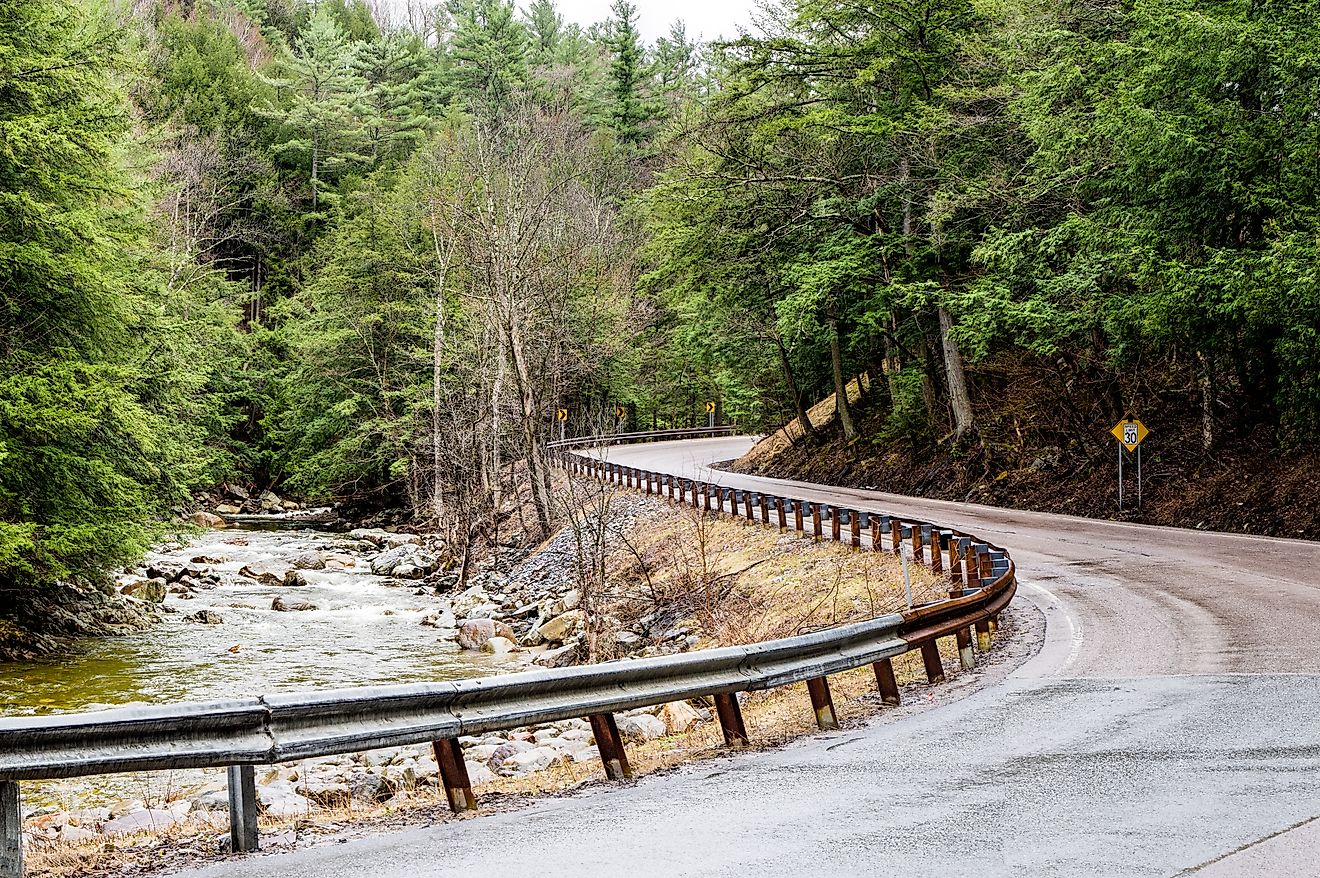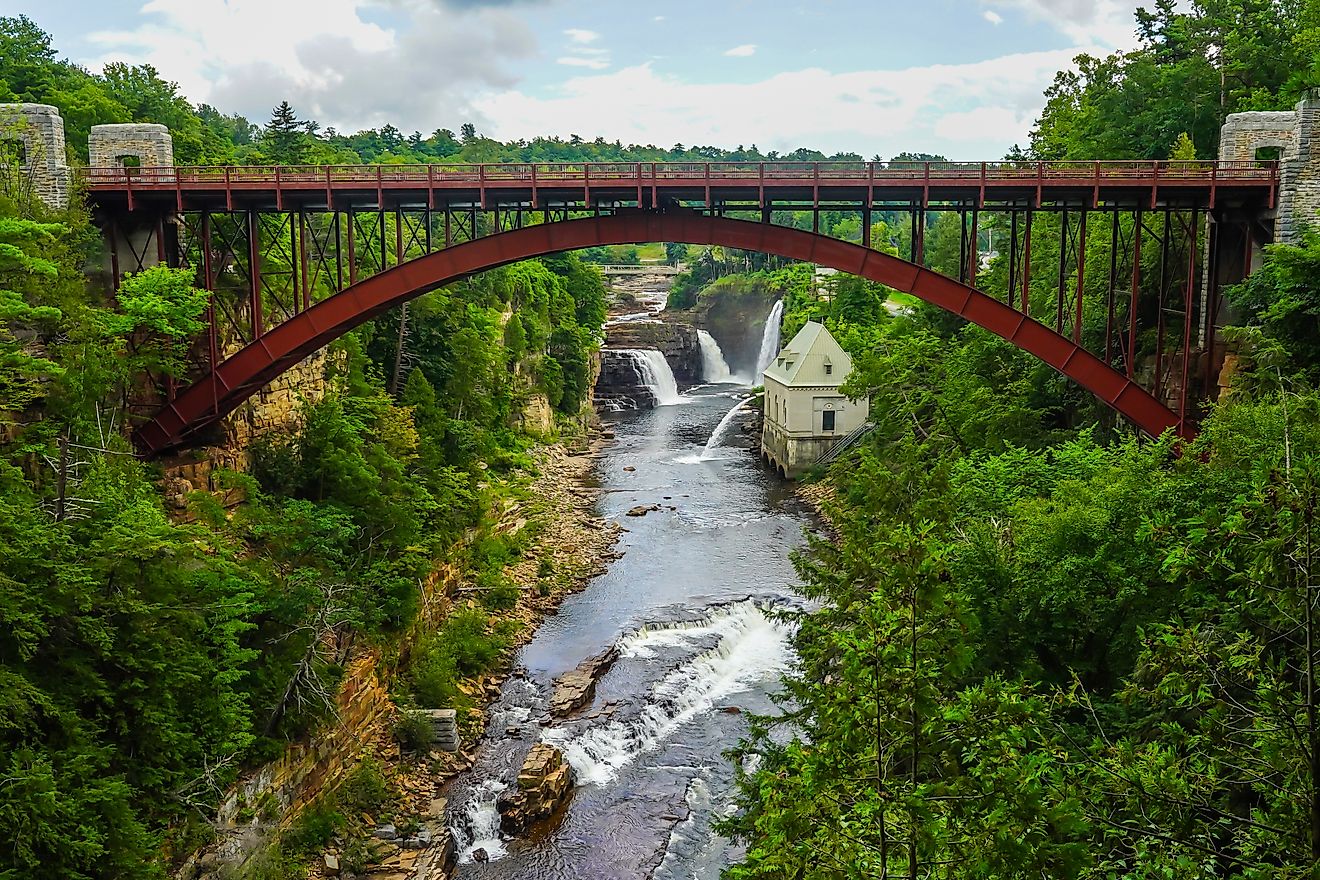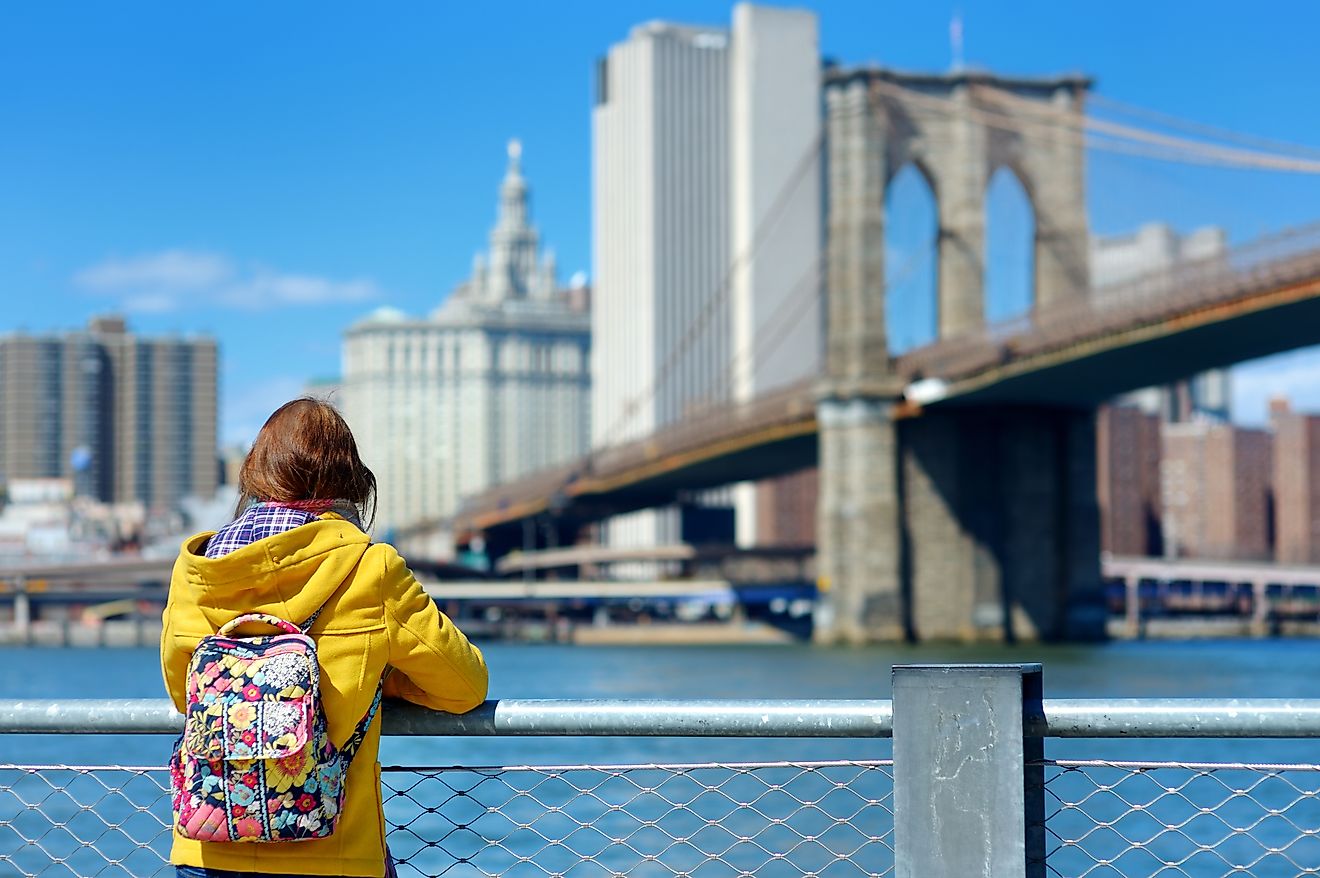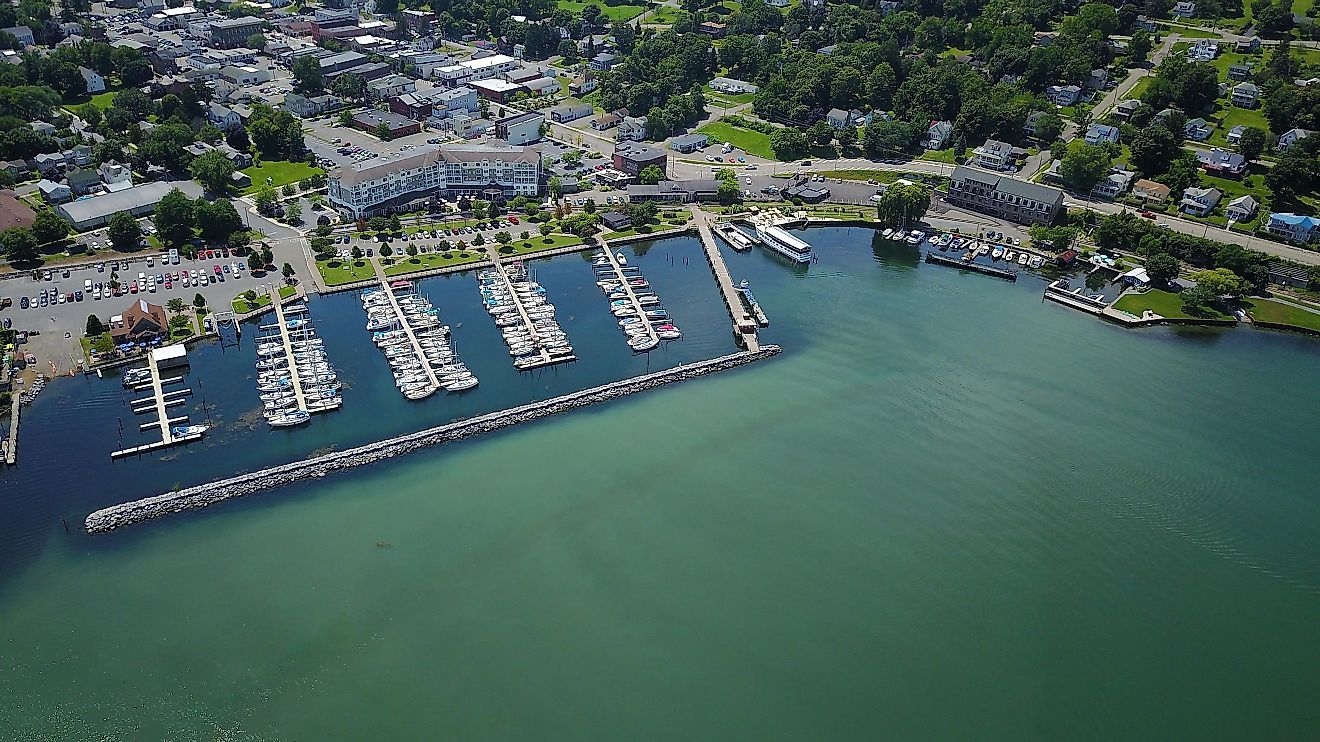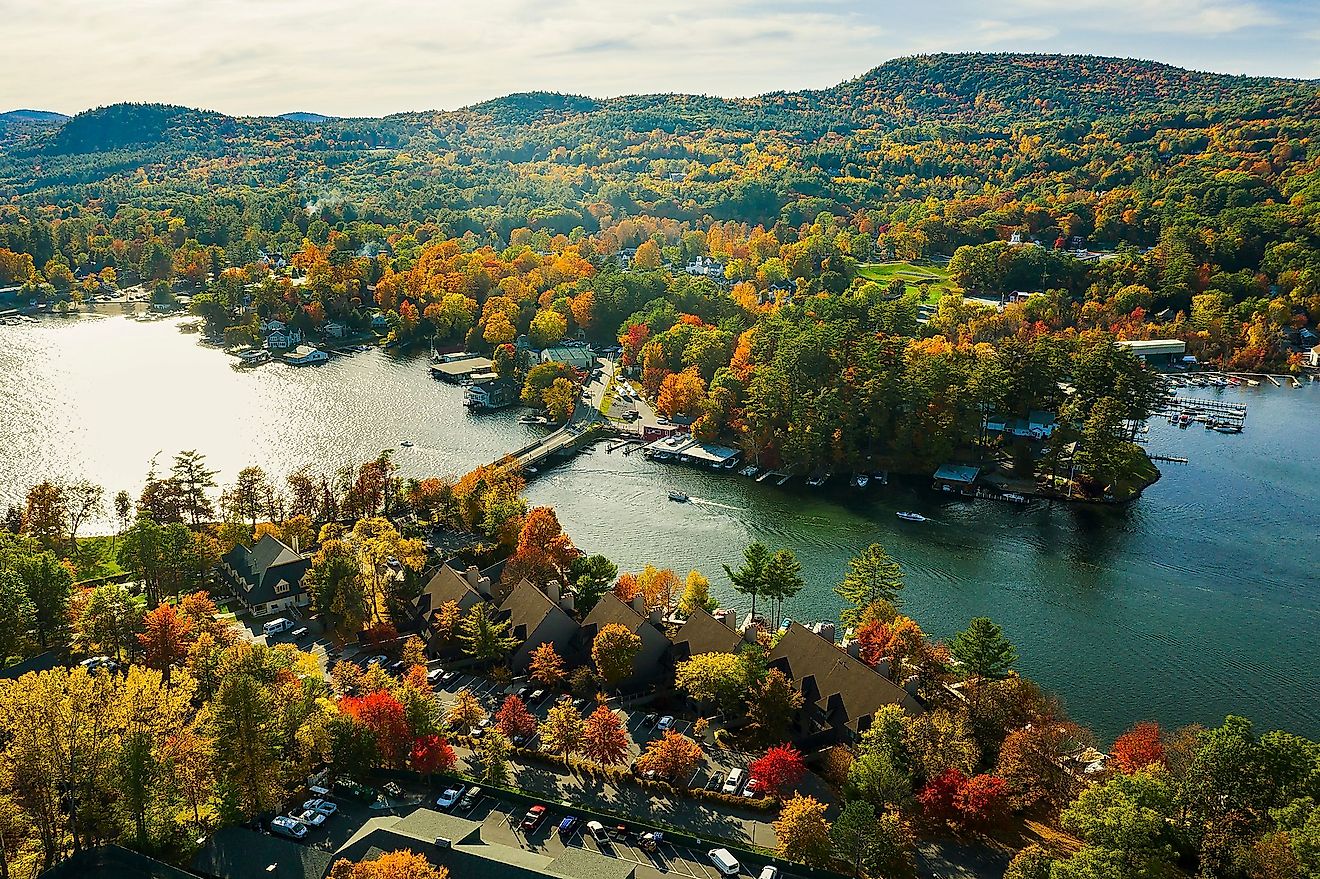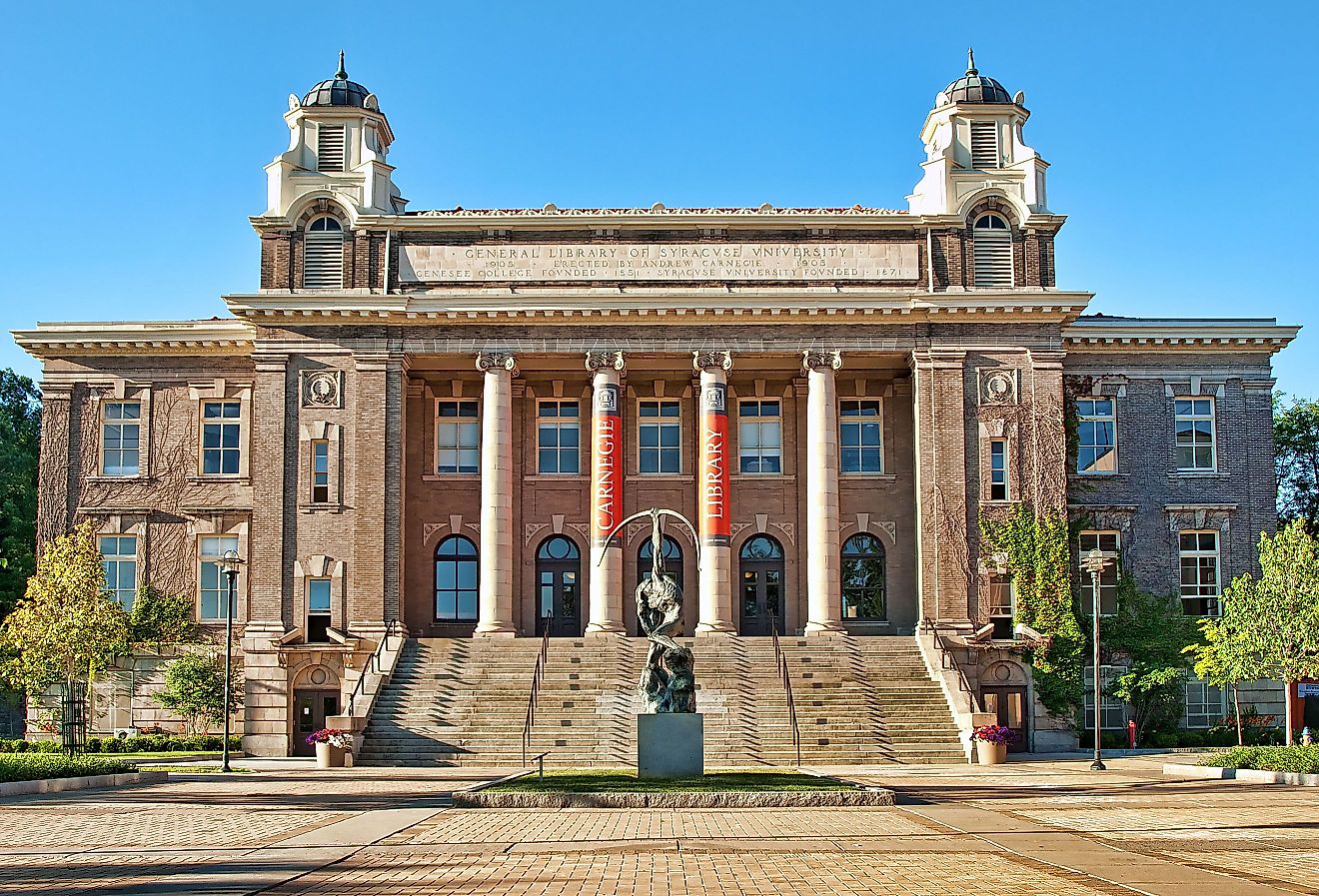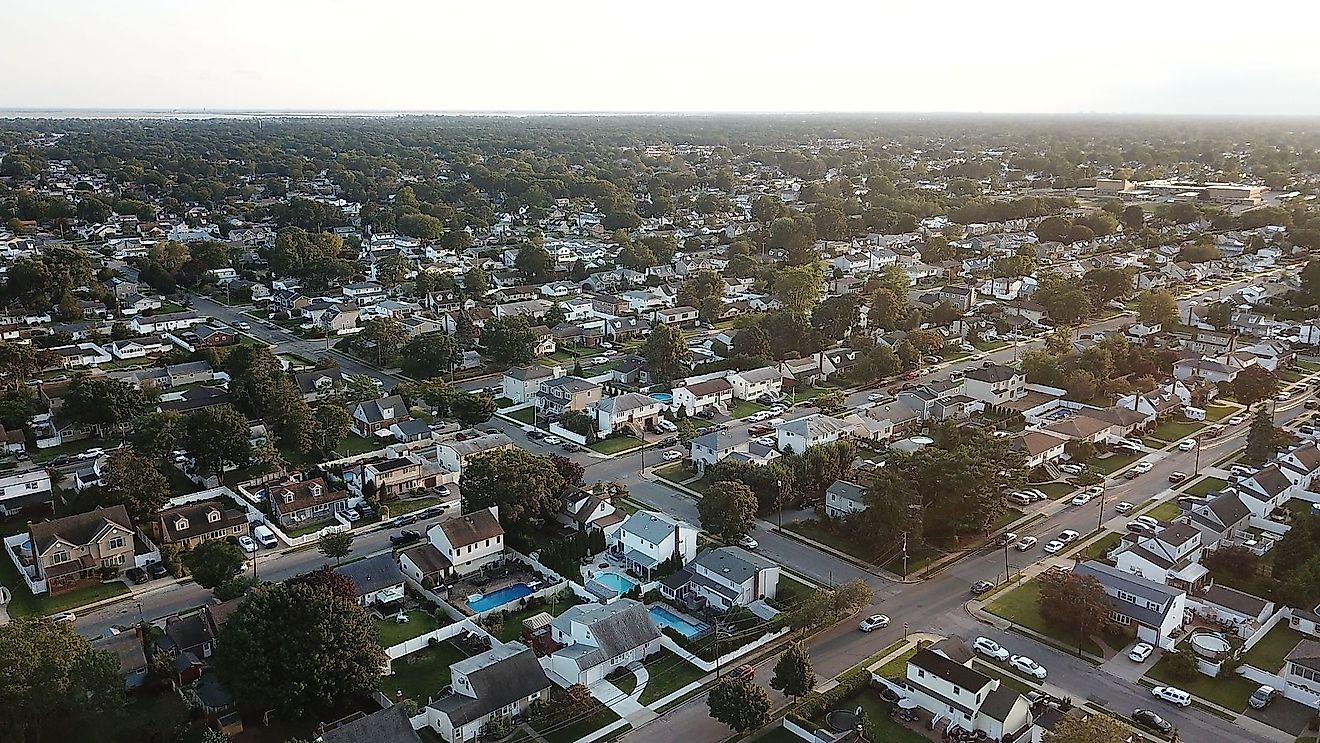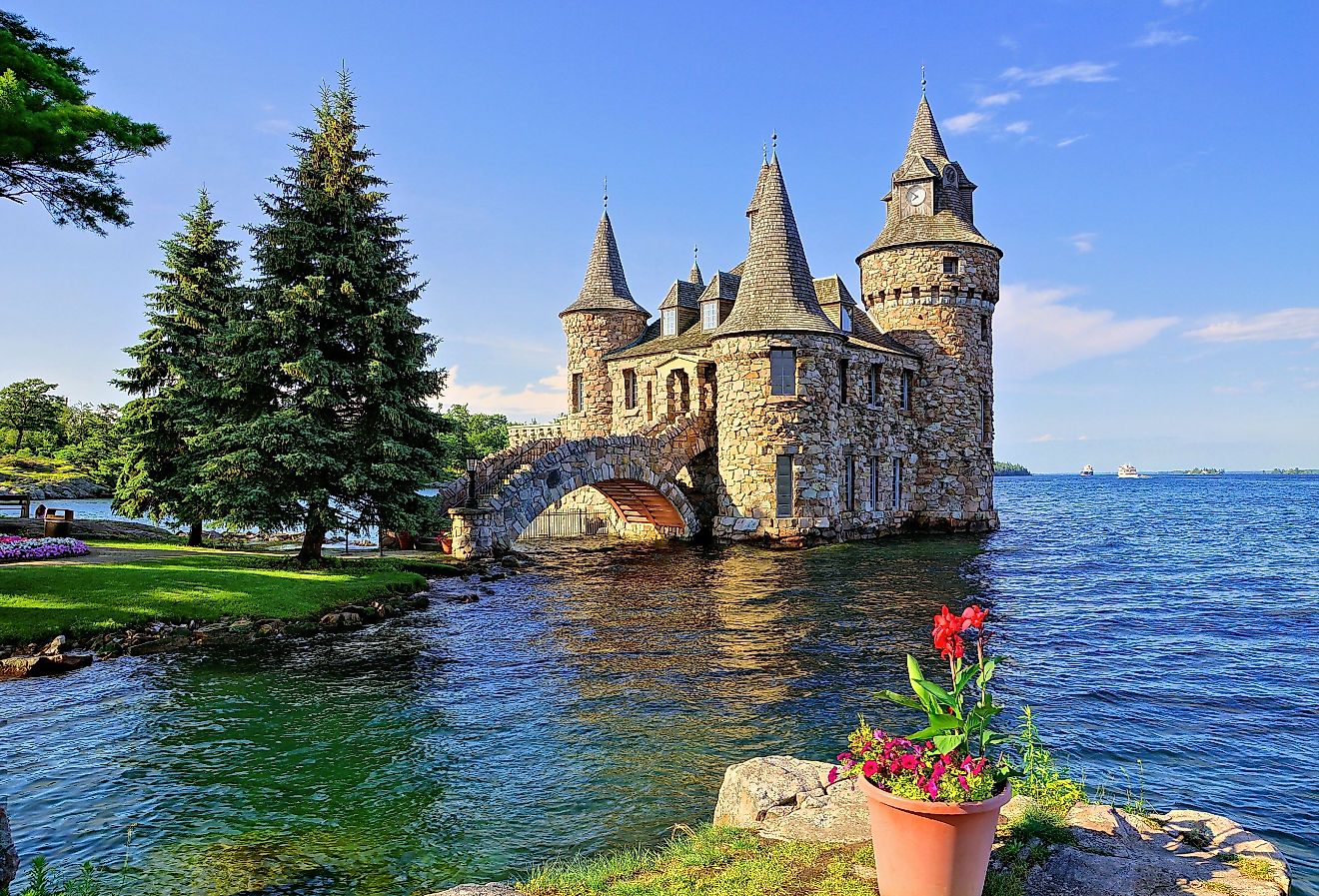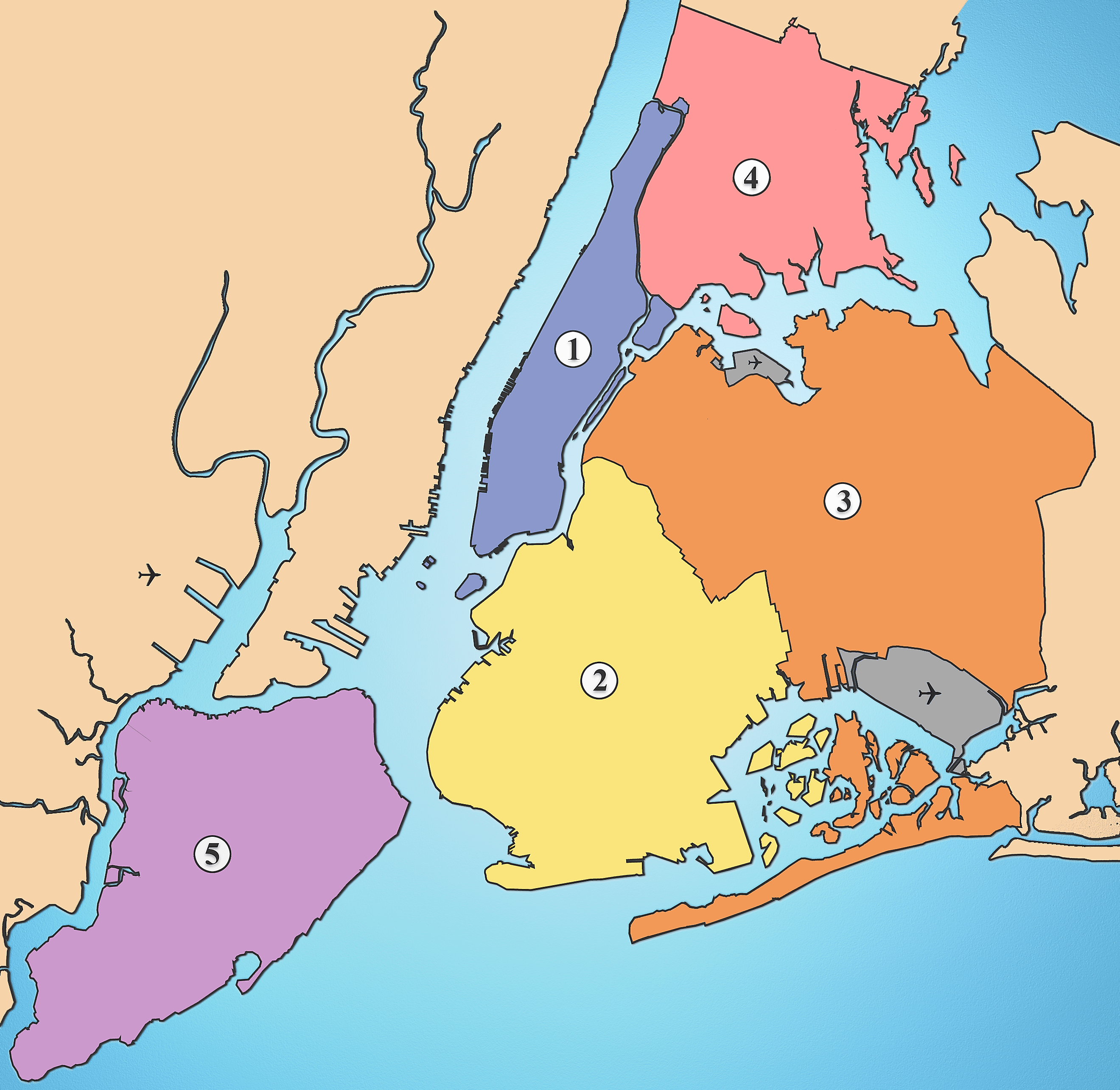
The 5 Boroughs of New York City
New York City is a mosaic of neighborhoods, cultures, and histories, stitched together across five distinct boroughs. Each borough has its own character, population, and landmarks, contributing to the city's global reputation as a center for finance, arts, and culture. From the towering skyscrapers of Manhattan to the leafy streets of Staten Island, the boroughs reveal a city that is both expansive and intimate, chaotic and meticulously organized. Understanding the five boroughs provides insight into how New York evolved and continues to shape American life.
Manhattan
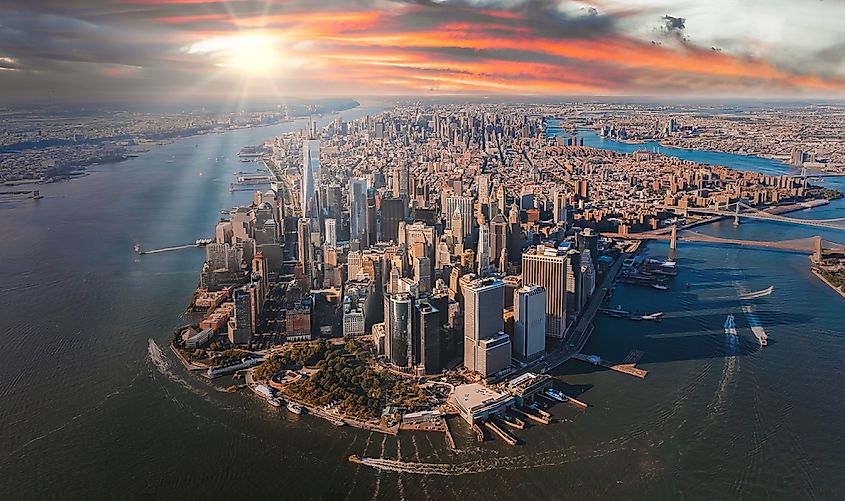
-
Population: Approximately 1.6 million
-
Landmarks: Empire State Building, Central Park, One World Trade Center, Broadway theaters
-
Neighborhoods: Upper East Side, Harlem, Greenwich Village, Chelsea
-
History: Manhattan's development began with Dutch settlers in the early 17th century, forming New Amsterdam, which became New York in 1664. Its role as a port, immigration hub, and financial center has shaped much of the city's growth.
Manhattan is the heart of New York City and often what people picture when imagining the metropolis. Its skyline, dominated by skyscrapers, has become iconic worldwide. Wall Street and the Financial District anchor Manhattan as a global economic hub, while Times Square dazzles with bright lights and crowds that pulse day and night.
Manhattan also houses a dense network of cultural institutions, including world-class museums like the Metropolitan Museum of Art and the Museum of Modern Art. Parks, high-end shopping districts, and historic sites combine to create an urban landscape where history and modernity coexist.
Brooklyn
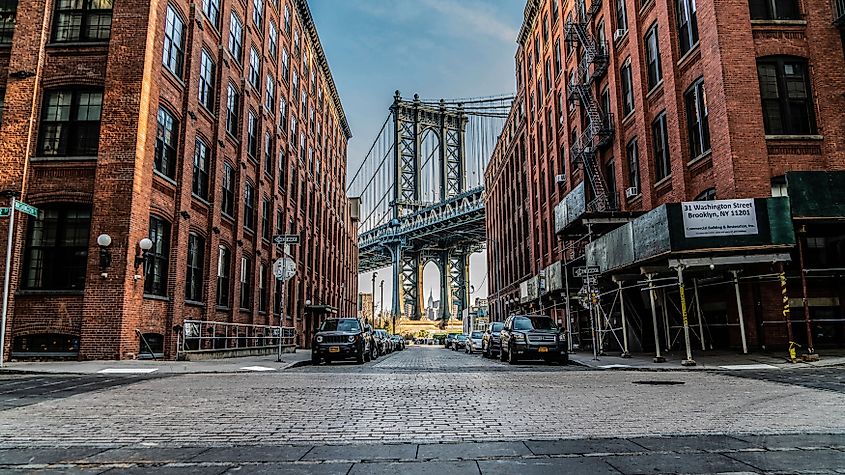
-
Population: Approximately 2.7 million
-
Landmarks: Brooklyn Bridge, Prospect Park, Brooklyn Botanic Garden, Barclays Center
-
Neighborhoods: Williamsburg, DUMBO, Park Slope, Bedford-Stuyvesant
-
History: Originally settled by the Dutch as part of New Netherland, Brooklyn merged with New York City in 1898. The borough grew rapidly in the 19th and 20th centuries, developing as a working-class residential area alongside industrial and shipping sectors.
Brooklyn balances residential charm with urban energy, boasting a rich cultural and artistic scene. Known for its brownstone-lined streets and diverse neighborhoods, Brooklyn has grown as a hub for creative industries and innovation.
Brooklyn’s waterfront areas, including DUMBO and Brooklyn Heights, provide sweeping views of Manhattan. Annual events like the Brooklyn Book Festival and open-air markets showcase the borough’s local culture and artisanal businesses. Brooklyn has also become synonymous with food trends, craft breweries, and music venues, maintaining a vibrant scene that attracts residents and cultural attention.
Queens
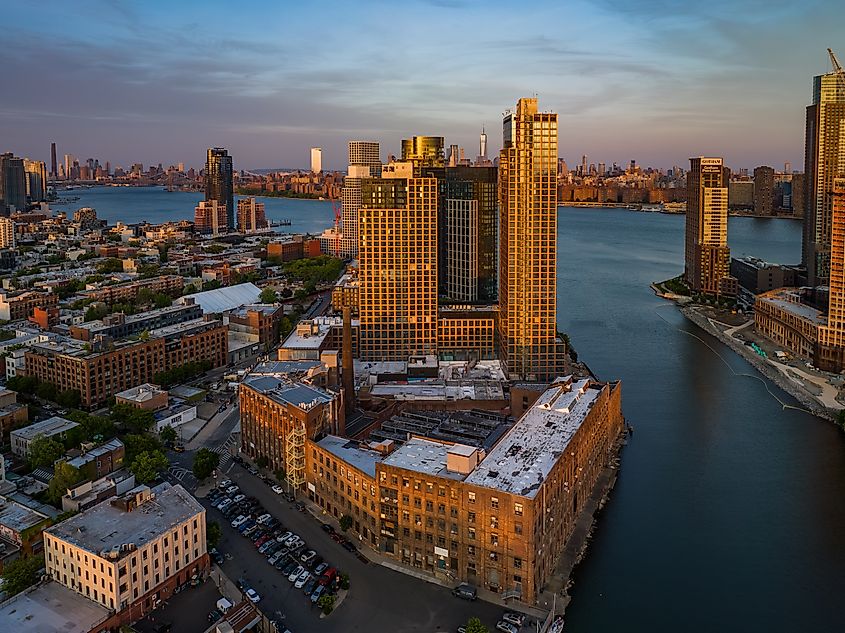
-
Population: Approximately 2.4 million
-
Landmarks: Flushing Meadows-Corona Park, Citi Field, Arthur Ashe Stadium, MoMA PS1
-
Neighborhoods: Flushing, Astoria, Jackson Heights, Long Island City
-
History: Queens originated as a collection of small towns and villages, eventually joining New York City in 1898. The borough expanded as transportation and subway lines made commuting easier, attracting waves of immigrants from around the globe.
Queens is the most ethnically diverse borough in New York City, earning recognition as one of the most multicultural urban areas in the world. This diversity manifests in the borough's cuisine, cultural festivals, and community traditions.
Queens hosts both LaGuardia Airport and JFK International Airport, making it a major transportation hub. Its diverse culinary scene ranges from authentic Asian eateries in Flushing to Greek and Italian establishments in Astoria. The borough’s green spaces, waterfront parks, and sports venues also make it a major recreational and entertainment center.
The Bronx
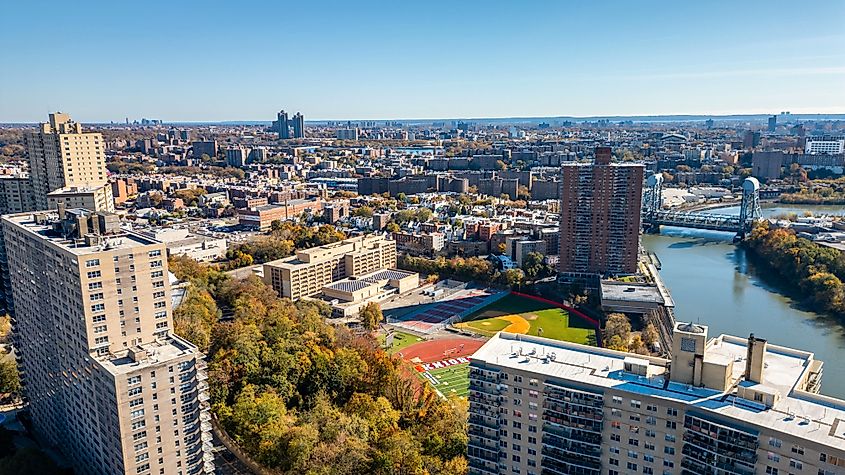
-
Population: Approximately 1.4 million
-
Landmarks: Yankee Stadium, Bronx Zoo, New York Botanical Garden, Grand Concourse
-
Neighborhoods: Riverdale, Fordham, South Bronx, Kingsbridge
-
History: Originally farmland and estates during the colonial period, the Bronx developed rapidly in the 19th century with the expansion of railroads. The Bronx was officially annexed by New York City in 1874.
The Bronx is often celebrated as the birthplace of hip-hop and a center of baseball culture. It combines residential neighborhoods, cultural institutions, and sprawling green spaces along its rolling hills.
The borough’s cultural contributions are immense, from its influence on music to its role in American sports. Its diverse neighborhoods house large immigrant communities, including Puerto Rican, Dominican, and West African populations. Parks like Van Cortlandt and Pelham Bay Park provide urban green space, while the Bronx Museum of the Arts showcases contemporary and historical art from local and global creators.
Staten Island
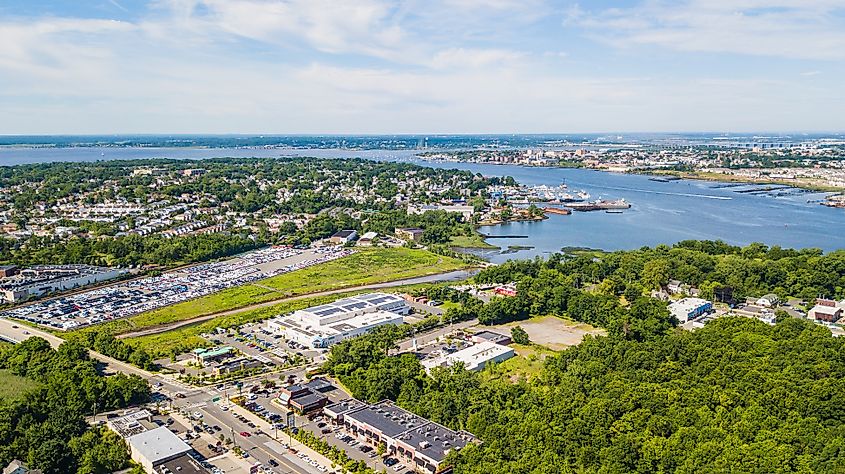
-
Population: Approximately 500,000
-
Landmarks: Staten Island Greenbelt, Staten Island Zoo, Staten Island Ferry, Historic Richmond Town
-
Neighborhoods: St. George, Tottenville, Great Kills, New Dorp
-
History: Staten Island was originally inhabited by the Lenape people before Dutch and English settlers arrived. It was incorporated into New York City in 1898 and has remained less densely developed than the other boroughs.
Staten Island is the quietest and most suburban of New York City’s boroughs. It provides a respite from the bustle of Manhattan, Brooklyn, and Queens, with larger residential lots, parks, and natural preserves.
The Staten Island Ferry provides free transport to Manhattan while offering unparalleled views of the Statue of Liberty and New York Harbor. Staten Island’s parks, beaches, and trails make it an outdoor destination within the city, appealing to those seeking hiking, birdwatching, or waterfront recreation.
The Boroughs in Context
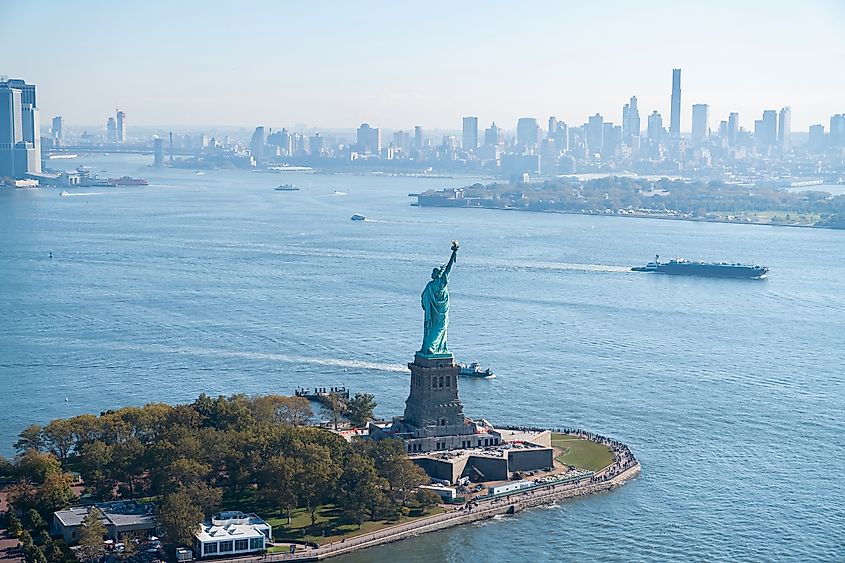
Together, the five boroughs create a city that is geographically vast and culturally dense. Manhattan serves as the financial and cultural heart, Brooklyn as a creative and residential hub, Queens as a multicultural gateway, the Bronx as a historical and musical incubator, and Staten Island as a natural retreat. Each borough has unique governance within the city structure, yet all contribute to the collective identity of New York.
-
Population total: Over 8 million residents
-
Land area: Approximately 303 square miles
-
Cultural impact: Major influence on music, arts, finance, and sports
-
Transport: Extensive subway, bus, and ferry networks
The interplay of these boroughs supports New York’s status as a global metropolis. Skyscrapers, historic districts, parks, and cultural institutions exist side by side, telling the story of growth, diversity, and innovation across centuries.
The Heartbeat of New York City
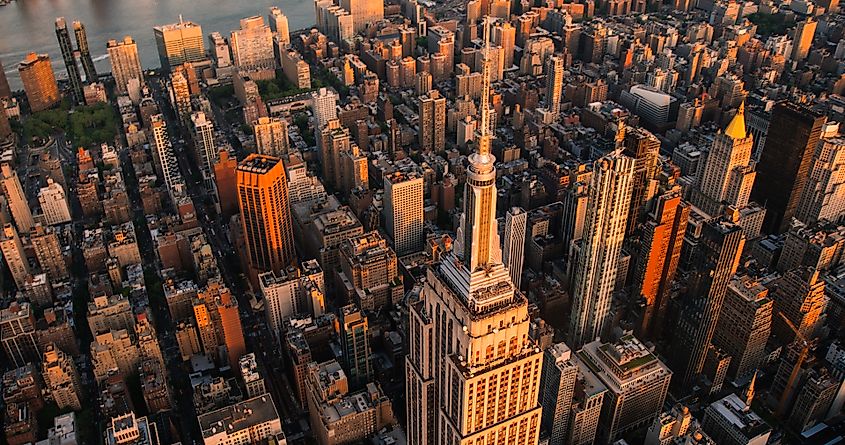
The five boroughs of New York City illustrate how geography, history, and culture shape urban life. Each borough has its own story, landmarks, and neighborhoods that contribute to the larger identity of the city. Manhattan’s skyscrapers, Brooklyn’s arts scene, Queens’ multicultural vibrancy, the Bronx’s musical legacy, and Staten Island’s green spaces all form a dynamic network of communities. Understanding the boroughs offers insight into the complexity and depth of New York, revealing why it remains a global center of culture, finance, and urban life. The boroughs are not just administrative divisions; they are living ecosystems of history, innovation, and everyday city life.
Quick Facts About NYC’s Five Boroughs
| Borough | Population | Area (sq mi) | Notable Landmarks | Key Neighborhoods | Highlights |
|---|---|---|---|---|---|
| Manhattan | 1.6 million | 22.7 | Empire State Building, Central Park, One World Trade Center, Broadway | Upper East Side, Harlem, Greenwich Village, Chelsea | Global financial hub, dense cultural institutions, iconic skyline |
| Brooklyn | 2.7 million | 69.4 | Brooklyn Bridge, Prospect Park, Brooklyn Botanic Garden, Barclays Center | Williamsburg, DUMBO, Park Slope, Bedford-Stuyvesant | Creative industries, historic brownstones, waterfront views, arts scene |
| Queens | 2.4 million | 108.7 | Flushing Meadows-Corona Park, Citi Field, Arthur Ashe Stadium, MoMA PS1 | Flushing, Astoria, Jackson Heights, Long Island City | Most ethnically diverse borough, major airports, global cuisine hub |
| The Bronx | 1.4 million | 42.2 | Yankee Stadium, Bronx Zoo, New York Botanical Garden, Grand Concourse | Riverdale, Fordham, South Bronx, Kingsbridge | Birthplace of hip-hop, baseball legacy, sprawling parks, cultural institutions |
| Staten Island | 500,000 | 57.5 | Staten Island Greenbelt, Staten Island Zoo, Staten Island Ferry, Historic Richmond Town | St. George, Tottenville, Great Kills, New Dorp | Suburban feel, extensive parks, natural preserves, scenic ferry access |
